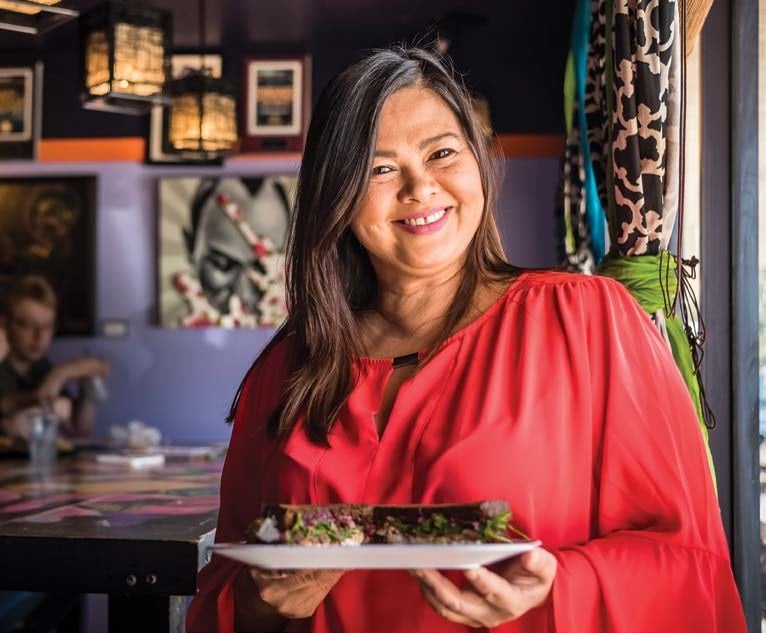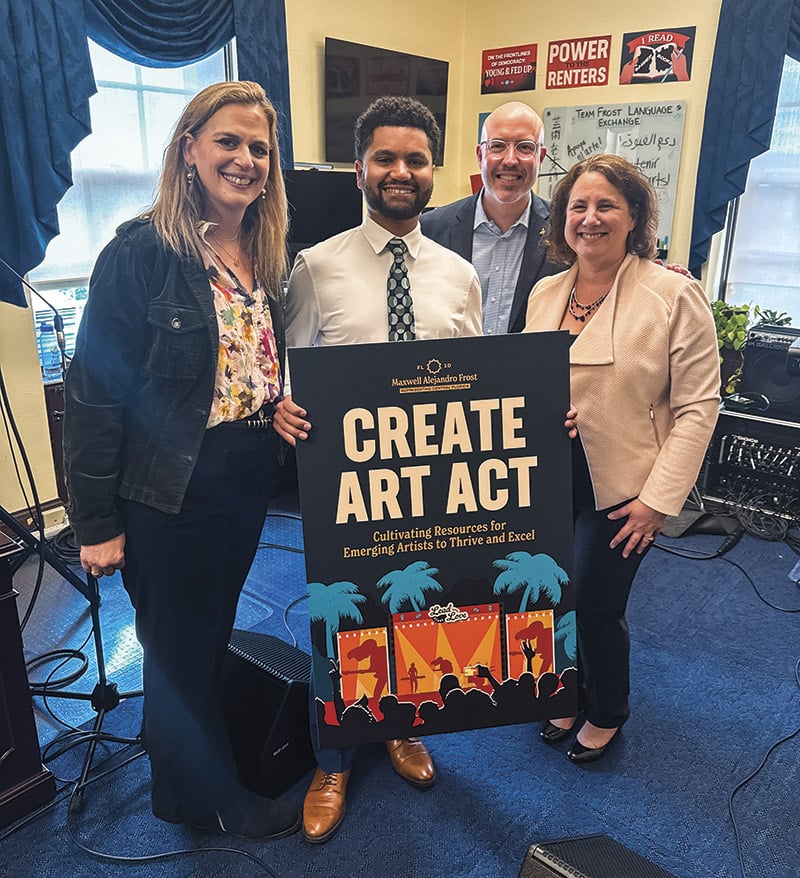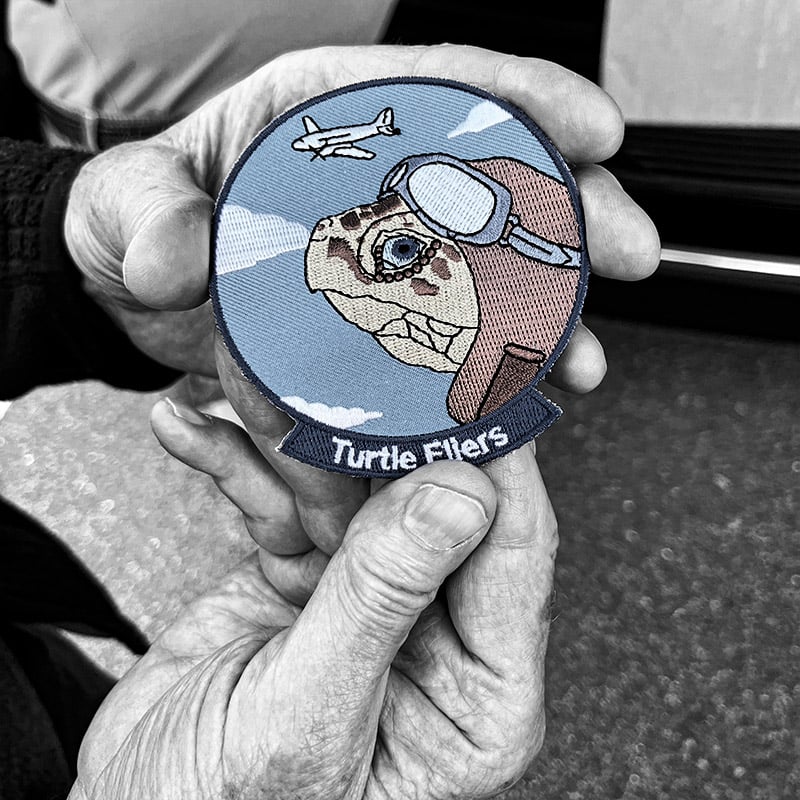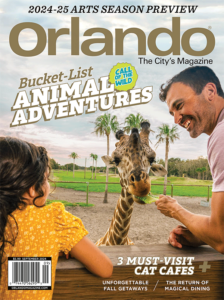Local Experts Discuss Urban Planning In The City Beautiful
Urban planners are passionate about keeping Orlando beautiful, livable and sustainable.

Green, open spaces with plenty of tree cover and community gardens are helping Orlandoans live healthier lives.
Environmental wellness is all about how people interact with nature at home and at work. Stimulating environments that support well-being—such as those with access to walking trails, fresh air, sunlight, water and wildlife—boost energy, elevate your mood and let your mind unwind. They also help you connect to something larger than yourself. It’s something we should be mindful of in today’s world, says Dr., a professor of environmental studies at Rollins College and the author of “Portland’s Good Life: Sustainability and Hope in an American City.”
“I use Henry David Thoreau as a model,” says Stephenson. “Thoreau argued the principal of Transcendentalism, of engaging with the natural world, such as on your daily walk.
“Today, most Americans don’t walk. We have an obesity epidemic. People are programmed to drive everywhere, and that’s the worst thing you do for your physical health,” Stephenson adds.
So how do we turn that around? By creating pedestrian environments that are walkable, says Stephenson. He cites the words of former Orlando transportation director Billy Hattaway, who said that “Any new development in Orlando should be patterned on Baldwin Park.”
Stephenson points to Baldwin Park as one of Orlando’s best examples of an active community.
“It’s got the only Publix in the state of Florida that’s centered in the middle of the neighborhood. You can walk to it,” he says. “Also, go watch the teenagers run around—they’re healthy, active and I think they grow up and mature at a much better rate.”
“Portland’s Good Life” follows Stephenson’s journey after he sold his car and moved to Portland, a model of livability (which measures the ability to get around without a car). As part of Orlando’s sustainability task force, he hoped to glean lessons that could work for here as well.
One of the models for Orlando’s Creative Village was Portland’s Pearl District.
The 68-acre Creative Village is a mixed-use urban project with residential and student housing, office space and creative studios, retail, a hotel and park and open space. It is home to the UCF/Valencia downtown campus and Electronic Arts Orlando.
“That was a real important project with 8,000 students living in downtown, and it’s very walkable, very dense, almost a European-type model,” says Stephenson.
Another takeaway from Stephenson’s book is the importance of mass-transit options.
“Portland, in the early ’90s, put in the first streetcar in the United States in 50 years,” says Stephenson. “That became the basis of a car-optional world, to look at what happens if you put a streetcar going down Colonial Drive. It was the idea of what it would take for us to become a more sustainable city,” he adds.
“I think the key is a transportation system where you could get to the Orlando airport and hop on a train and not have to get in a car,” says Stephenson. “I think that would be the game changer. We’re on the edge of that.”
Another aspect in creating a healthy community is access to fresh, locally grown food. This is one of the many projects Orlando’s Office of Sustainability and Resilience is charged with.
“We’ve got a couple of urban farms in Parramore where we provide free, healthy, locally grown food to residents,” says Michael Hess, sustainability and resilience director for the City of Orlando. “We also teach kids in the after-school programs and our neighborhood centers about growing healthy food.”
It’s just one way the city is making a difference in supporting underserved communities.
Creating equity means creating green spaces for all to enjoy. Hess’ office is also committed to building out Orlando’s tree canopy to 40%.
Hess estimates that the city is at approximately 32%. He says that there are multiple programs in place to reach their goal.
The One Person, One Tree program is a partnership with the Arbor Day Foundation. In the past, Orlando residents could sign up, and the Arbor Day Foundation would mail them a tree they could plant in their yard.
But the city noticed that some trees weren’t making it to their underserved communities, and now supplements the program with their own trees.
“We’re also handing out trees in person at the McQuigg Urban Farm, which is right in the middle of Parramore,” says Hess. “We’re trying to be a little bit more direct in making sure that those trees get to people.”
Hess also wants to make sure clean energy is accessible to all.

Green, open spaces with plenty of tree cover and community gardens are helping Orlandoans live healthier lives.
“We’ve had goals for 100% clean energy that were set quite a while ago,” says Hess. “We’re really thinking about how we can make sure that energy efficiency and clean energy are accessible by all. We’ve spent a lot of time researching what’s called energy burden, which is the percent of your income that goes toward your power bills, and are trying to launch a new pilot project to test out some new services to help people that might be struggling with their power bills.”
Which goes back to the tree cover initiative.
“The purpose behind that goal is to create more shade and mitigate some of the impacts from climate change and extreme heat,” says Hess.
The World Health Organization cites this as its No. 1 reason trees benefit cities. Trees act as natural coolers; their shade can drop surface temperatures by more than 50 degrees. With the ability to improve microclimates in cities, a single tree within five years of planting can bring 3% energy savings for one household.
The City of Orlando is also working towards making its buildings LEED Silver. Hess is a LEED Fellow, the highest designation for sustainability experience, and tracks the changes in LEED certification.
“We had a loose goal to get more green buildings, but we’re actually revisiting those goals because the standards change over time,” says Hess. “A building that got LEED certified 15 years ago is probably not equivalent to a building that gets LEED certified now. Ultimately for us, it all rolls up to some bigger-picture goals. The buildings are a strategy towards 100% clean energy,” he adds.
According to Hess, the Orlando building code gets stronger every few years. When the building code gets stronger, that means the energy efficiency levels in the building code get better. LEED is a couple of levels above the building code.
“The city doesn’t really set those standards, but we reference them, use them and keep an eye on them,” says Hess. “Anytime we build a substantial new city building, we require it to get LEED Silver certification using the latest standards.”
One of the newest on the horizon is the Southeast Government Center in Lake Nona, which is pursuing LEED Silver but is tracking for LEED Gold. The city also has a Green Building Incentive Program, which offers a rebate on property taxes for those who want to build sustainably.



